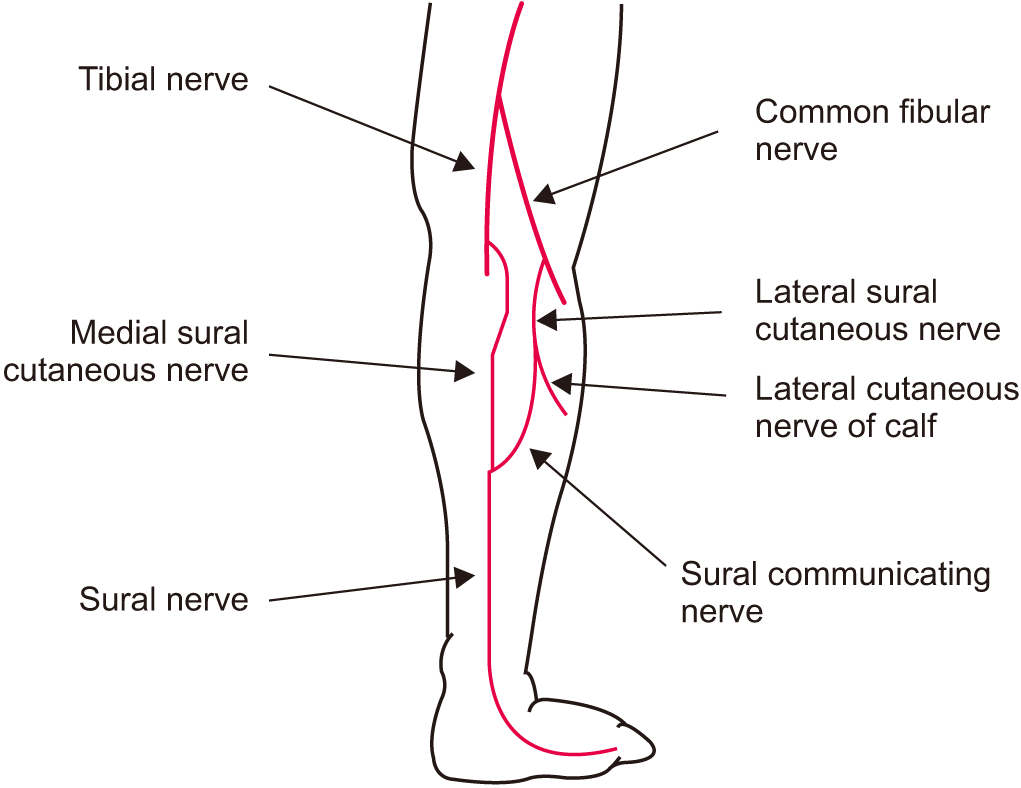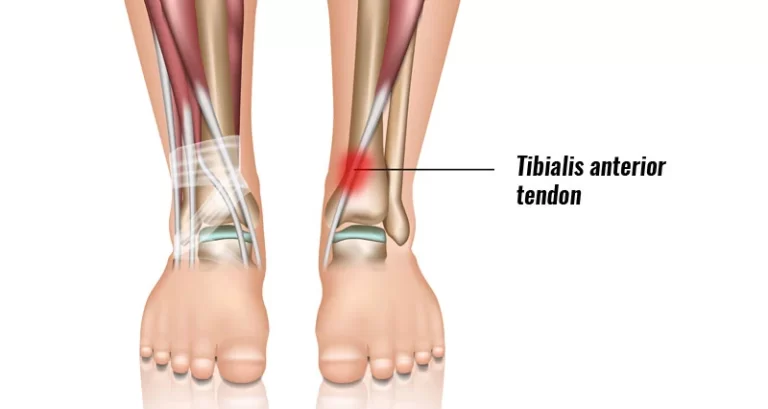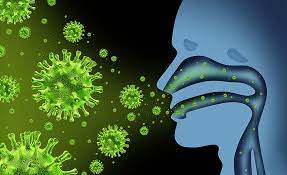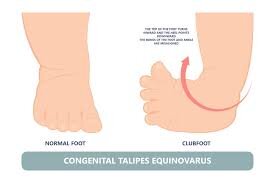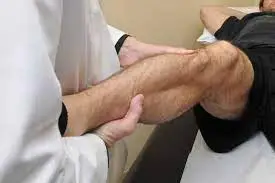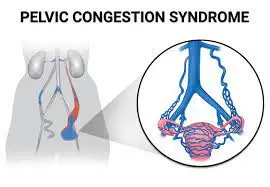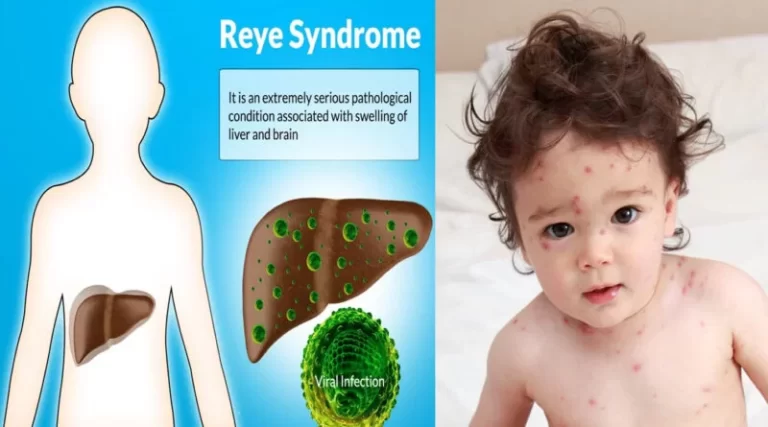Sural nerve entrapment
Table of Contents
Introduction
Sural nerve entrapment may occurs at various locations along its course of sural nerve in the lower leg, which may leads to pain in the calf as well as the lateral ankle and foot.
- The sural nerve (SN) is characterized by great anatomical or topographical variability and is rarely involved in entrapment neuropathies. SN is vulnerable to injury as it is firmly fixed to the surrounding tissue at all its length or may be compressed and entrapped proximally and distally, leading to pain and sensory abnormalities in its distribution area. Some of the first reported cases in the literature were documented by main Pringle et al. in 1974.
- The superficial anatomic location of the nerve predisposes to injury or entrapment neuropathies, although these conditions are uncommonly main reported and may be undiagnosed. However, the main etiology of the SN mechanical lesion or entrapment is fascial thickening or consequent nerve compression or fixation. We present a case of a female cadaver in which the left SN was found entrapped in a main fibrous fascial tunnel before its emergence from the crural fascia.

Anatomy and function
- The sural nerve has a reasonably complex anatomical arrangement and in the literature, some variations of the nerve exist. In simple terms, there are two sural nerves – the medial sural cutaneous nerve or lateral sural cutaneous nerve – and these eventually join via the peroneal communicating nerve to make the sural nerve. However, some other authors describe that the sural nerve is formed by the union of the medial sural cutaneous nerve directly with the main lateral sural cutaneous nerve (not the peroneal communicating nerve). Due to this confusion, the term main ‘sural nerve complex’ was used to accommodate these anatomical differences controversies.
What is the main Sural Nerve?
- The Sural nerve is a nerve that runs along the outside of the main ankle joint.
What is the main Sural Nerve Impingement?
- Sural Nerve Impingement is a compression neuropathy of the main Sural Nerve
- Depending on the area of entrapment, unique areas of the foot can be affected. If the entrapment is high, the entire foot can be affected as varying branches of the main Sural nerve are involved.
What is the cause of the main sural nerve?
- The cause is usually related to a mostly traumatic injury affecting the sural nerve including 1-4:
- direct contusion
- distal fibular fracture, talar, calcaneal and cuboid fracture
- fracture of the fifth metatarsal base
- severe lateral ankle sprain
- gastrocnemius injury
- Achilles tendinopathy and peroneus tendon injury
- space-occupying lesions
- iatrogenic injury (surgery)
What conditions affect the main sural nerve?
Conditions mainly affecting this nerve include:
Diabetes-related neuropathy: Nerve mainly damages that occur as a result of ongoing high blood sugar. the sural nerve is one of the most commonly affected nerves by this condition.
Sural nerve entrapment (pinched nerve): This condition occurs when nearby tissue thickens or presses on your nerve. Entrapment causes sural nerve pain.
Sports injuries: Ankle sprains, which are common sports injuries, force your joint out of its natural position. Sprains can mainly damage your sural nerve. Injury can also occur when ski boots and horse saddle ankle straps are too tight.
Surgical complications: Surgical instruments may times injure your sural nerve. Complications also happen when hardware, like screws to repair a bad break, rub mainly against your nerve.
How can I prevent sural nerve pain or injury?
- Steps you can take to care for your main sural nerve include:
- Keeping blood sugars within the healthy range if you have diabetes.
- Selecting athletic footwear that fits well or replacing it once it wears out.
- Quitting smoking and using other tobacco products.
- Eating a healthy diet with foods containing vitamin D or vitamin B12, which supports nerve health.
When should I call a healthcare provider about problems with my main sural nerve?
- Symptoms may include:
- Burning.
- Lack of sensation.
- Sensitivity to touch.
- Sharp and throbbing pain.
- Tingling and numbness.
Radiographic features
Ultrasound:
- In the calf, the sural nerve can be visualized on top of the gastrocnemius muscle at a midcalf level or descends with the small saphenous vein 6,7. Further distally it may be seen between the Achilles tendon or the peroneal muscles and below and posterior to the peroneal tendons and superficial to the peroneal retinacula or the calcaneofibular ligament at the level of the calcaneus 6,7.
- In sural nerve neuropathy, the nerve might be thickened and hypoechoic with partial and complete loss of its normal fascicular pattern 7. Local compression with the ultrasound probe might reproduce the pain or ultrasound can be utilized for the guidance of a diagnostic nerve block 7.
MRI:
- MRI might visualize displacement and compression of the sural nerve due to traumatic injury or space-occupying lesions 2. Since the main sural nerve is pure sensory there will not be any denervation changes 2.
Radiology report:
- The main radiology report should include a description of the following 6:
- abnormal appearance of the sural nerve or location
- neuroma formation
- associated underlying pathology
Treatment of main Sural Nerve impingement:
- The aim of treatment is to decrease the irritation of the sural nerve, this is achieved by reducing pressure on the nerve. This can be achieved with:
- Orthotics with a main lateral rearfoot post –
- Shockwave therapy
- Surgery
- Aspiration of the main ankle cyst
Sural Nerve Flossing main Gliding Exercises:
- Sural nerve flossing main gliding exercises (DF-Inv) in SLR –
- Lay on your main back. Pull the affected knee towards the chest, mainly supported by your hands. Gently straighten your leg by lifting your foot towards the ceiling until a light main stretch is felt. Slowly turn your foot towards the inside or bend your ankle towards you.
Differential diagnosis:
- The differential diagnosis of main superficial sural nerve entrapment includes:
- common peroneal nerve injury
- deep peroneal nerve entrapment
- peripheral nerve sheath tumor
- radiculopathy
Summary:
- The sural nerve is part of your peripheral nervous system. It provides sensation to your lower leg or parts of your foot. Many health conditions can affect your nerve, including diabetes or sports injuries. Your sural nerve’s length or ability to regenerate makes it ideal for a sural nerve biopsy or graft. If you experience sural nerve pain, it is important to see your healthcare provider.
FAQ:
main Sural neuralgia is a relatively rare condition and often responds to conservative treatments such as rest, physical therapy, massage therapy, anti-inflammatory medications, tricyclic antidepressants, serotonin or norepinephrine inhibitors, gabapentin, or calcium channel blockers.
Sural neuritis typically causes a burning sensation, which is sometimes accompanied by tenderness or swelling along the side of the ankle and main foot. If you experience this type of pain, it is a good idea to make an appointment with a podiatrist.
Treatment for nerve compression syndrome often begins with lifestyle changes or noninvasive therapies. this conditonTreating an underlying condition causing nerve mainly compression syndrome may also ease the main symptoms. many In severe cases, nerve compression syndrome may require surgery.
To main diagnose a sural nerve entrapment, your doctor will go over the different symptoms that you are experiencing or conduct a physical examination to assess the affected area. They may also conduct a main test called a Tinel’s test.
So how long does a pinched nerve cause pain or discomfort? In most cases, symptoms increased, and nerve function resumed to normal within 6 to 12 weeks of conservative treatment. Conservative treatment options include physical therapy, or non-steroidal anti-inflammatory drugs (NSAIDs) like ibuprofen.

